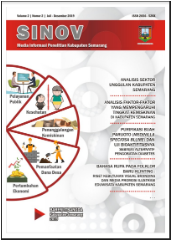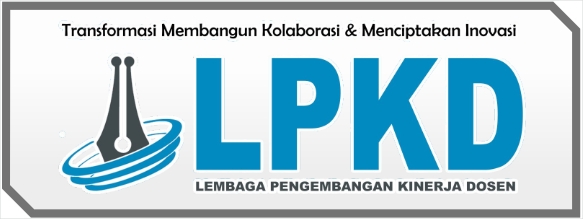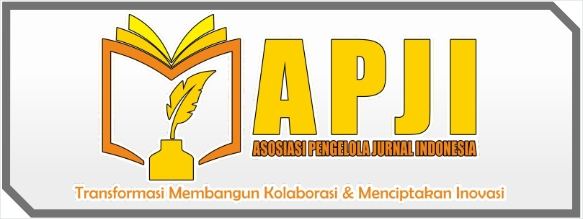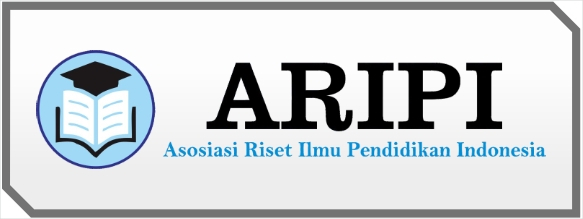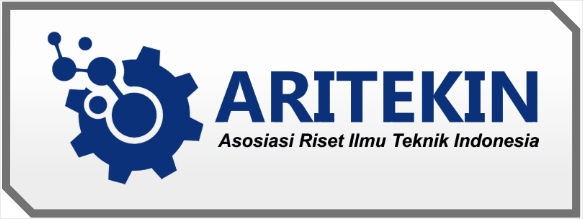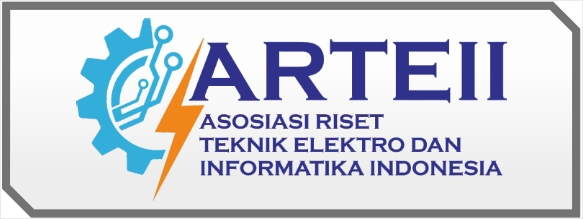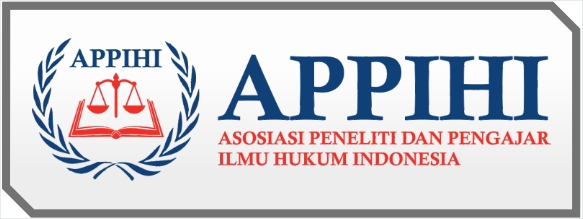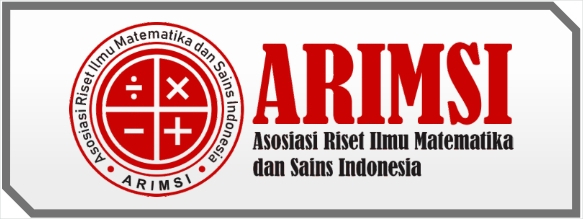Analisis Faktor-Faktor Permasalahan Rumah Tidak Layak Huni (RTLH) di Kabupaten Semarang
DOI:
https://doi.org/10.55606/sinov.v7i1.845Keywords:
factor analysis, RTLH, housing quality, poverty, Semarang RegencyAbstract
The issue of uninhabitable houses (Rumah Tidak Layak Huni/RTLH) is a critical concern in Semarang Regency as it directly affects the quality of life of its residents. Homes that do not meet proper physical and facility standards can worsen the socioeconomic conditions of communities, especially in poverty-prone areas. Although poverty levels have shown a declining trend, challenges remain in ensuring adequate housing for all. This study aims to analyze the key factors contributing to the prevalence of RTLH in Semarang Regency, with the goal of formulating more targeted intervention strategies.This research employs a quantitative approach using factor analysis. Data were collected through surveys involving 30 respondents from three subdistricts: Ungaran Barat, Ungaran Timur, and Bergas. Data analysis was conducted using SPSS software, encompassing variable selection, data processing, and interpretation of results. The findings reveal that the RTLH issue stems from four major factor groups: community, government, environment, and housing infrastructure. These factors include variables such as income, awareness, budget constraints, subsidized housing policies, environmental risks, and infrastructure conditions. The study highlights the multidimensional nature of the RTLH problem and underscores the need for integrated policy interventions through collaboration between government and society to improve housing quality sustainably.
Downloads
References
Adeoye, D. O. (2016). Challenges of urban housing quality: Insights and experiences of Akure, Nigeria. Procedia - Social and Behavioral Sciences, 216, 260–268.
Aguspriyanti, C. D., Nimita, F., & Deviana, D. (2020). Analisis faktor-faktor penyebab kekumuhan di permukiman pesisir Kampung Tua Tanjung Riau. Journal of Architectural Design and Development (JAD), 1(2), 176–186.
Asterix, E. F., Mardiyanta, A., & Setijaningrum, E. (2021). Overcoming slum settlements: Lesson learned from implementation of uninhabitable house social rehabilitation program in Surabaya. DIA: Jurnal Administrasi Publik, 19(1), 1–28.
Corburn, J., & Sverdlik, A. (2017). Slum upgrading and health equity. International Journal of Environmental Research and Public Health, 14(4), 342.
Ganguly, A., Talukdar, A., & Chatterjee, D. (2019). Evaluating the role of social capital, tacit knowledge sharing, knowledge quality and reciprocity in determining innovation capability of an organization. Journal of Knowledge Management.
Henson, M., & Henson, T. (2024). From habitability to equal opportunity: Navigating the crossroads to housing that is both fair and habitable. UIC Law Review, 58, 69.
Henson, R. M., Ortigoza, A., Martinez-Folgar, K., Baeza, F., Caiaffa, W., Vergara, A. V., ... & Lovasi, G. (2020). Evaluating the health effects of place-based slum upgrading physical environment interventions: A systematic review (2012–2018). Social Science & Medicine, 261, 113102.
Kaharu, A., Satar Saman, Dunggio, M. F., & Idji, B. (2024). Prevention and enhancement of housing quality and slum settlements of Biawu-Biawao, Gorontalo City. International Journal of Innovative Science and Research Technology, 9(3).
Maddox, D., Nagendra, H., Elmqvist, T., & Russ, A. (2017). Advancing urbanization. In Urban Environmental Education Review (pp. 13–20). Cornell University Press.
Mahabir, R., Crooks, A., Croitoru, A., & Agouris, P. (2016). The study of slums as social and physical constructs: Challenges and emerging research opportunities. Regional Studies, Regional Science, 3(1), 399–419.
Manoppo, J. J., Engka, D. S., & Tumangkeng, S. Y. (2018). Analisis faktor-faktor yang mempengaruhi kemiskinan di Kota Manado. Jurnal Berkala Ilmiah Efisiensi, 18(2).
Mehdipanah, R. (2023). Without affordable, accessible, and adequate housing, health has no foundation. The Milbank Quarterly, 101(Suppl 1), 419.
Michiani, M. V., & Asano, J. (2019). Physical upgrading plan for slum riverside settlement in traditional area: A case study in Kuin Utara, Banjarmasin, Indonesia. Frontiers of Architectural Research.
Musyafa, A. (2016). Pengembangan model untuk memprediksi biaya pembangunan rumah layak huni berdasarkan harga bahan. Teknisia, 274–280.
Nafisa, R., & Soesilowati, E. (2020). The effectiveness of rehabilitation uninhabitable house program service. Economics Development Analysis Journal, 9(1), 1–11.
Nagayoso, R. P., Sadhana, K., & Fristin, Y. (2025). Policy implementation program to alleviate uninhabitable houses for the poor. ABM: International Journal of Administration, Business and Management, 7(2), 163–173.
Peraturan Menteri Pekerjaan Umum dan Perumahan Rakyat Republik Indonesia Nomor 07/PRT/M/2018 tentang Bantuan Stimulan Perumahan Swadaya.
Power, A. (2021). Property before people: The management of twentieth-century council housing. Routledge.
Putra, A. S., & Manaf, A. (2014). Perencanaan perumahan bagi masyarakat berpenghasilan rendah di Kecamatan Banyumanik, Kota Semarang. Teknik PWK (Perencanaan Wilayah Kota).
Rahmayanti, N. P., & Herawati, A. R. (2022). Implementasi program rehabilitasi sosial rumah tidak layak huni di Desa Kawengen Kecamatan Ungaran Timur Kabupaten Semarang. Journal of Public Policy and Management Review, 11(4), 14–33.
Rigon, A. (2022). Diversity, justice and slum upgrading: An intersectional approach to urban development. Habitat International, 130, 102691.
Robiah, S., Amirullah, M. R., & Mulyadi, A. (2024). Effectiveness of the program for handling uninhabitable houses in Sukabumi City. DIA: Jurnal Administrasi Publik, 22(1), 25–41.
Roy, D., Bernal, D., & Lees, M. (2020). An exploratory factor analysis model for slum severity index in Mexico City. Urban Studies, 57(4), 789–805.
Sadyohutomo, & Mulyono. (2008). Manajemen kota dan wilayah: Realita dan tantangan. Bumi Aksara.
Saiz, A. (2023). The global housing affordability crisis: Policy options and strategies (No. 203). IZA Policy Paper.
Salet, W., D’Ottaviano, C., Majoor, S., & Bossuyt, D. (2020). Introduction: Self-building as a right to the city. In The Self-Build Experience (pp. 1–20). Policy Press.
Sibyan, I. A. (2020). Rethinking slum planning: A comparative study of slum upgrading projects. Journal of Regional and City Planning, 31(1), 1–11.
Swapan, M. S. H., Sadeque, S., Iftekhar, M. S., & Sooben, N. (2023). Predictors of the intention to participate in slum upgrading projects: Perceptions of slum dwellers in Mauritius. Urbanisation, 8(1), 41–60.
Turok, I., & Borel-Saladin, J. (2016). The theory and reality of urban slums: Pathways-out-of-poverty or cul-de-sacs? Urban Studies, 55(4), 767–789.
Wei, Z., & Chiu, R. L. H. (2018). Livability of subsidized housing estates in marketized socialist China: An institutional interpretation. Cities.
Winarso, H. (2021). Slum-upgrading through physical or socio-economic improvement? Lessons from Bandung, Indonesia. Journal of Housing and the Built Environment.
Downloads
Published
How to Cite
Issue
Section
License
Copyright (c) 2025 Media Informasi Penelitian Kabupaten Semarang

This work is licensed under a Creative Commons Attribution-ShareAlike 4.0 International License.

